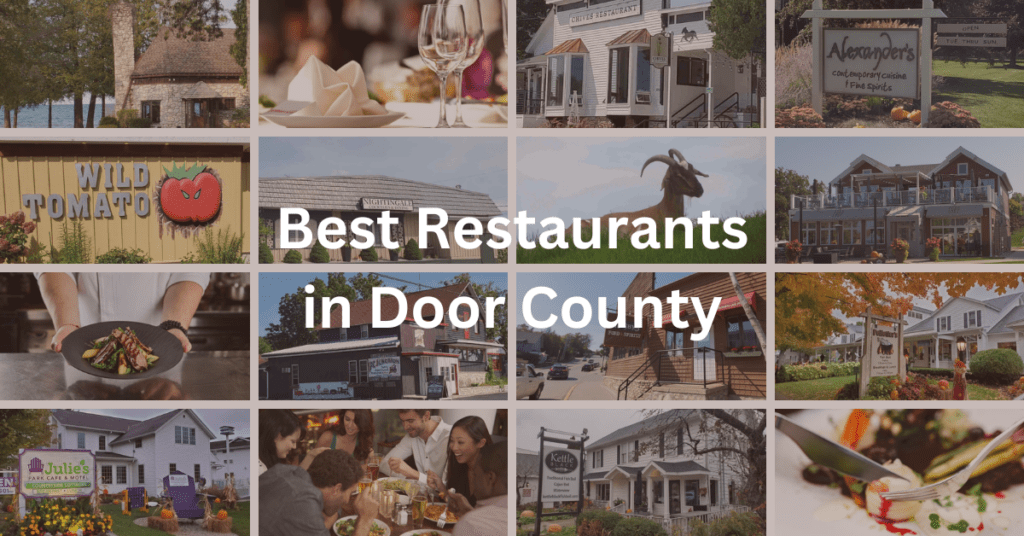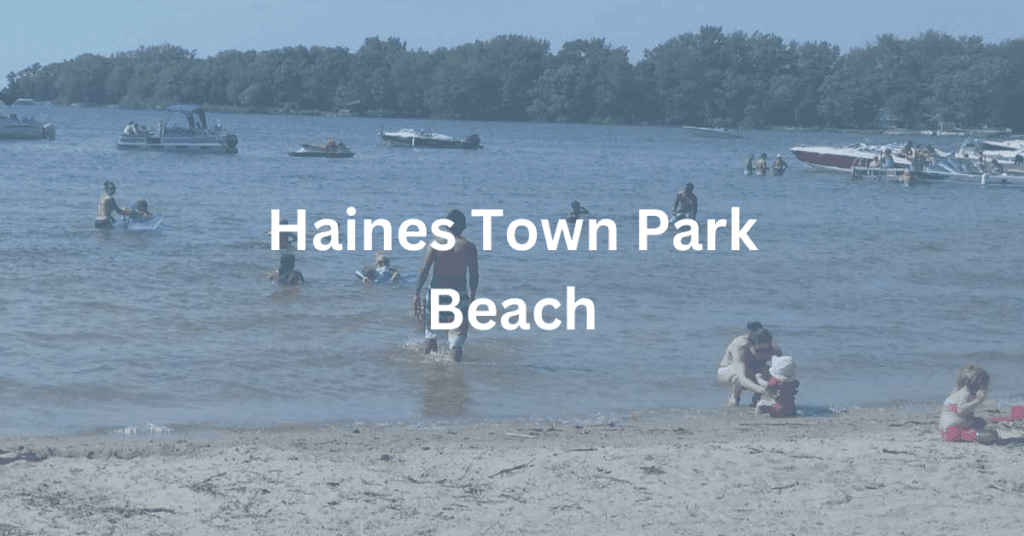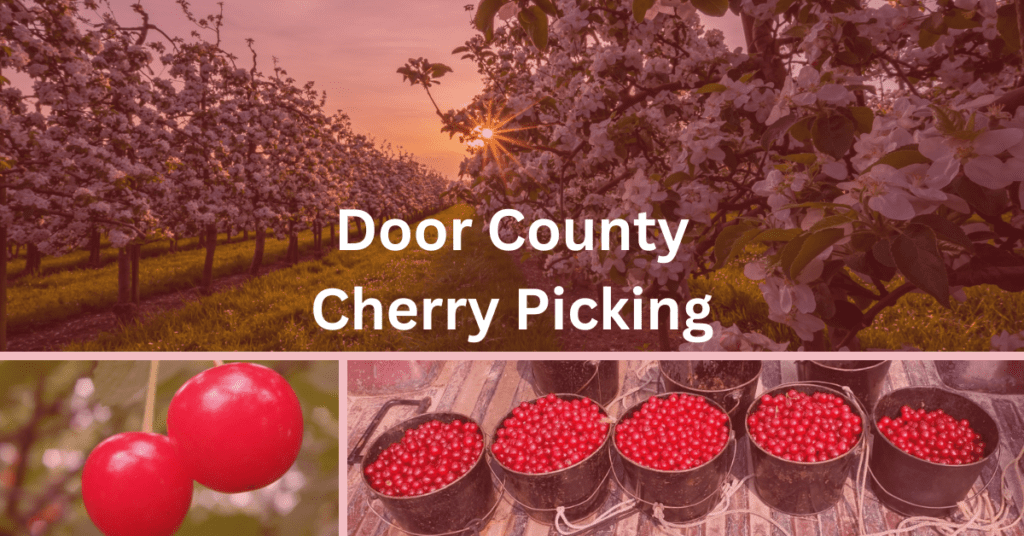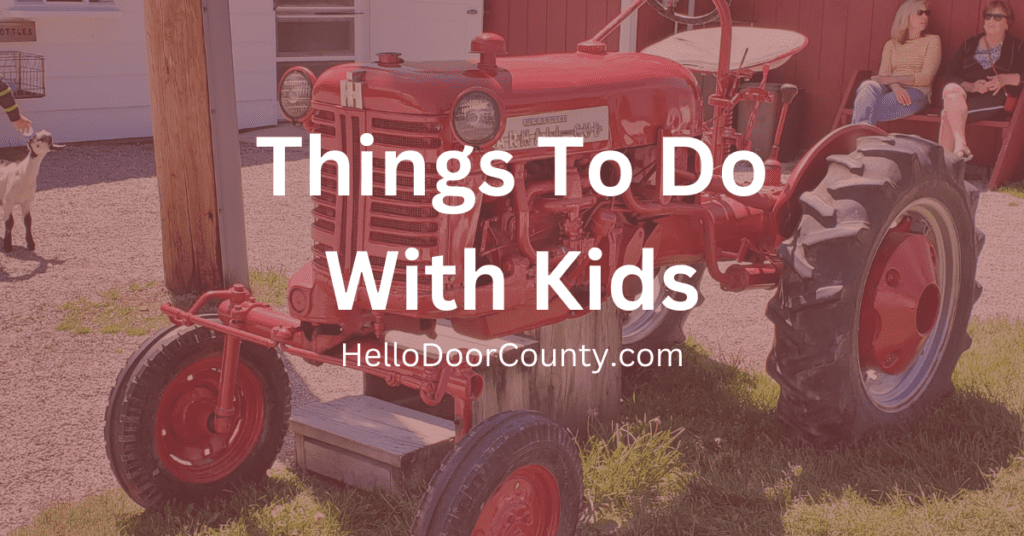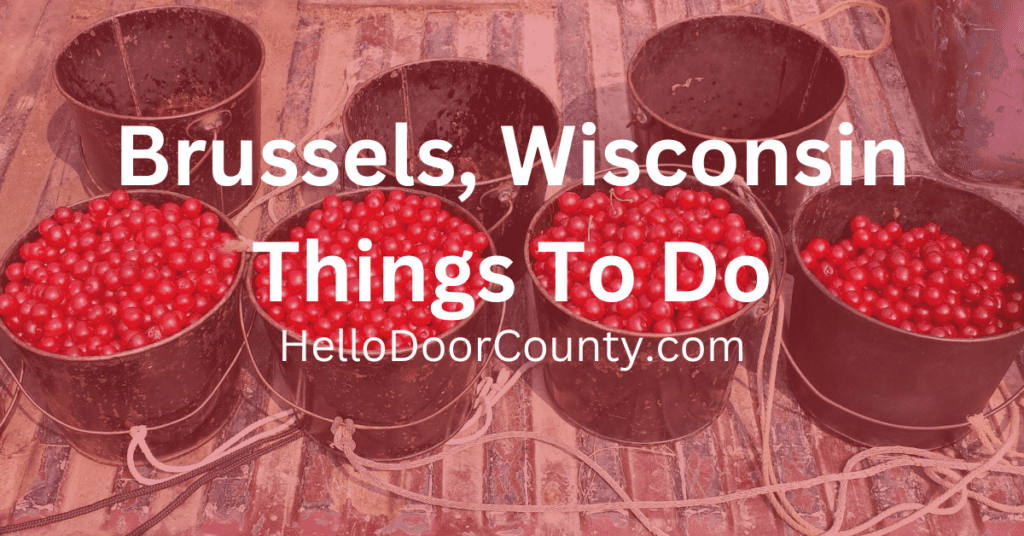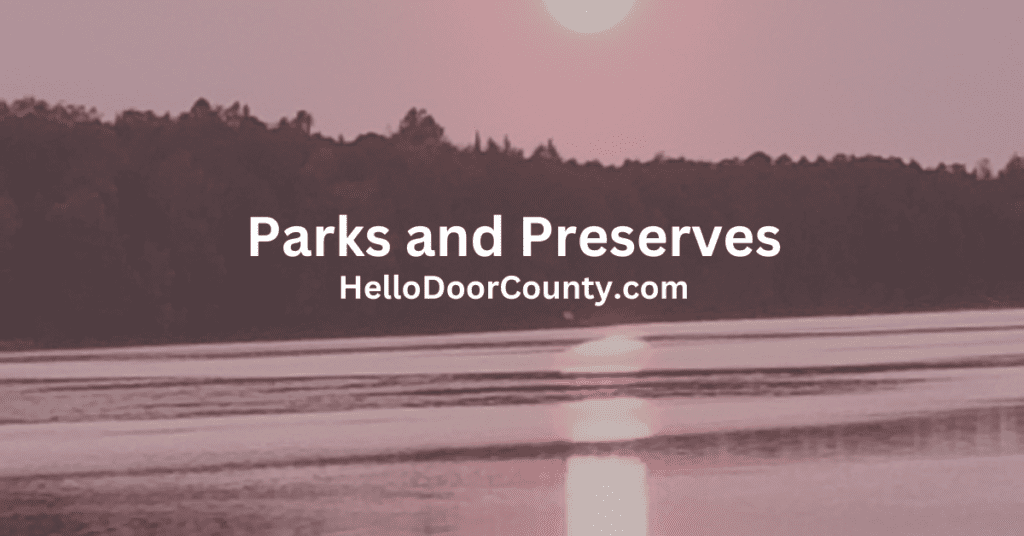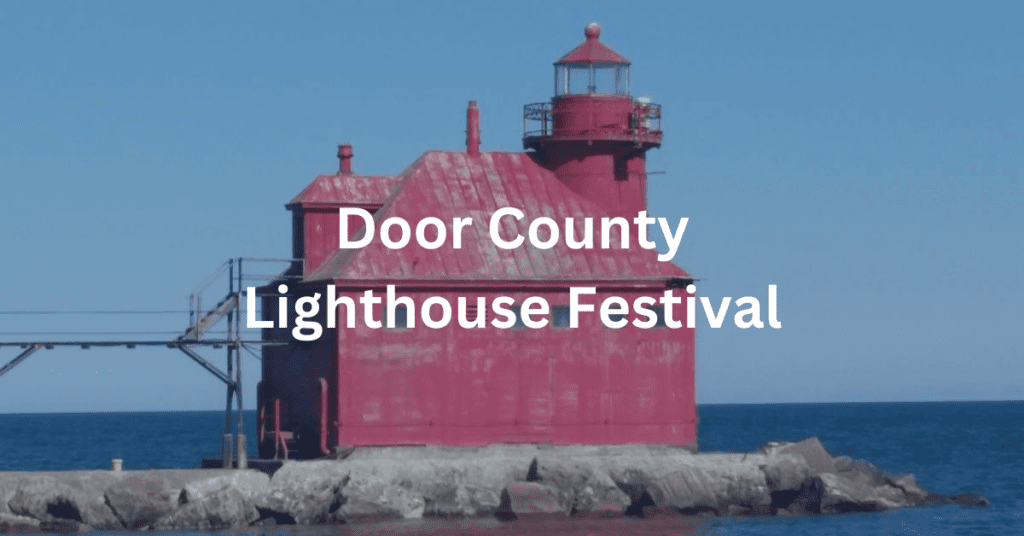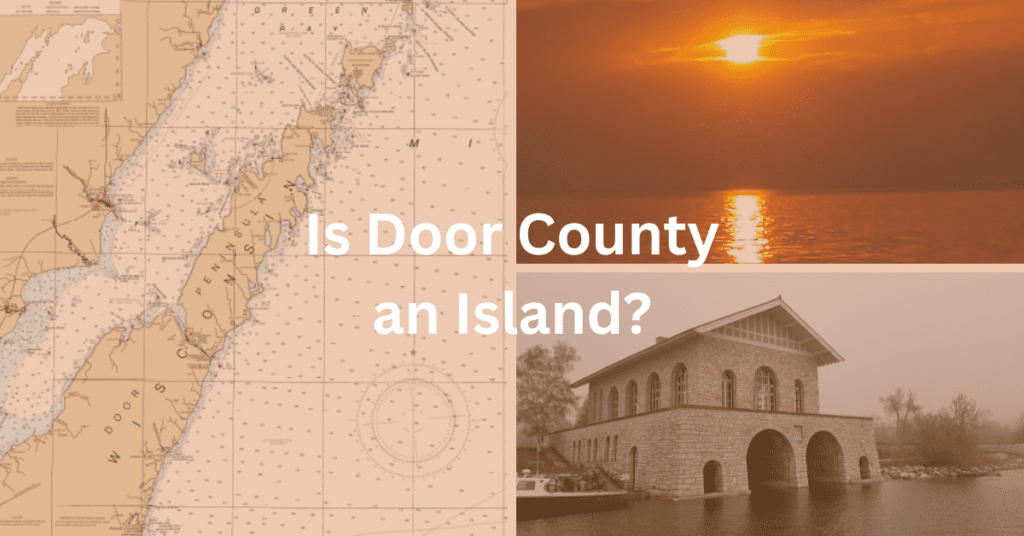Brussels is a popular destination in Door County, Wisconsin. This page will help you learn more about:
- Brussels Lodging
- Brussels Dining
- Brussels Attractions and Things To Do
- General Information About Brussels
- Frequently Asked Questions Brussels
This page contains affiliate links. This means that if you click on the link and make a purchase, we may receive a small commission at no extra cost to you. As an Amazon Associate, I earn from qualifying purchases. This helps us provide content to help you plan life-changing travel experiences. Thanks!
Brussels Lodging
HelloDoorCounty.com has teamed up with some of the best Brussels hotels, resorts, vacation rentals, and bed and breakfasts to help you find the best Brussels lodging at the best price. Search for the best lodging in Brussels for you:
Search for Brussels Lodging
Posts about Lodging in Brussels
Door County Camping Ultimate Guide 2024
Posts about Dining in Brussels
Check out our posts to learn more about Brussels’s best restaurants, breweries, supper clubs, bars, and food trucks.
29 Best Door County Restaurants
5 Best Restaurants Near Brussels, Wisconsin
Posts About Brussels Attractions and Things To Do
Check out our posts on things to do in Brussels to learn more about Brussels shopping, attractions, museums, sights, parks, and more.
Haines Town Park Beach
Door County Cherry Picking
27 Best Things To Do In Door County With Kids
Door County Events
4th of July in Door County
51 Best Things To Do in Door County
Free Things To Do In Door County Wisconsin [2024]
Door County Camping Ultimate Guide 2024
6 Best Kayak Tours in Door County
13 Best Things To Do Near Brussels, Wisconsin
136 Amazing Door County Parks and Preserves
9 Best Door County Boat Tours
Door County Lighthouse Festival
9 Best Door County Tours
Door County Cherry Blossoms
All Posts About Brussels
13 Best Things To Do Near Brussels, Wisconsin
Free Things To Do In Door County Wisconsin [2024]
27 Best Things To Do In Door County With Kids
29 Best Door County Restaurants
5 Best Restaurants Near Brussels, Wisconsin
Door County Lighthouse Festival
9 Best Door County Tours
9 Best Door County Boat Tours
Door County Events
Door County Camping Ultimate Guide 2024
136 Amazing Door County Parks and Preserves
Door County Cherry Blossoms
Haines Town Park Beach
4th of July in Door County
6 Best Kayak Tours in Door County
Door County Cherry Picking
50 Helpful Door County Maps
51 Best Things To Do in Door County
Is Door County an Island?
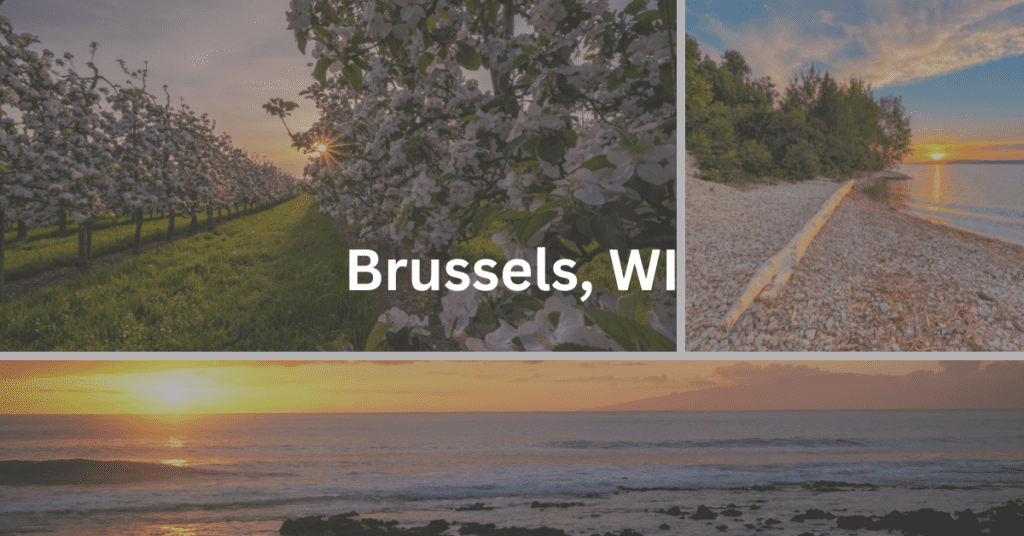

General Information About Brussels
Differentiation
“Brussels” can refer either to the Town of Brussels or the unincorporated village of Brussels. This terminology can be confusing because for many people “town” and “village” refer to roughly the same thing. However, these terms have distinct meanings in Wisconsin state law.
To put it briefly, the Town of Brussels is a large area of Door County, and it is an administrative subunit of the county. The unincorporated village of Forestville is a more tightly developed village located within the larger Town of Brussels.
The following two sections will help you understand the difference between and town and a village a little better.
Towns in Wisconsin
Wisconsin has 1,253 towns. The legal definition of a town in the State of Wisconsin is different than the common definition of town that many people use. Many people think of towns as having an urban or suburban pattern of settlement. However, according to Wisconsin State Law, any land that is not covered by a municipality like a city or a village is part of a town.
Towns in Wisconsin have historically had a rural character. However, this is not always the case. Some towns have experienced much growth and have suburban and even urban settlement patterns.
Town populations can range from 40 residents to over 22,000 residents.
Towns are general-purpose units of local government that perform and provide various kinds of municipal functions and services.
Towns in the State of Wisconsin include Jacksonport, Sevastopol, and Clay Banks.
Brussels, Wisconsin is a small town located in southern Door County. According to the 2020 U.S. Census, the population of the Town of Brussels is 1,125.
Villages in Wisconsin
The State of Wisconsin has many villages. There are two different types of villages: incorporated villages and unincorporated villages.
Unincorporated villages are designated for the sake of convenience, but they do not have any formal status under Wisconsin State Law. The village of Brussels is unincorporated.
On the other hand, incorporated villages have the status of incorporated settlements under Wisconsin State Law. They can have either the president-village board or the village board-village manager structure of local government.
The vast majority of incorporated villages in the state of Wisconsin utilize the president-village board structure. Under the president-village board structure of local government, both the president and the village board are elected by the public. Under the village board-village manager structure, the village board is publicly elected, and the village board appoints the village manager.
There are 411 incorporated villages in the State of Wisconsin. These include villages like Sister Bay, Forestville, and Ashwaubenon.
Brussels History
Native History
Before the arrival of Europeans, the area that is now known as Brussels, WI was inhabited by various Native American tribes. The Menominee people, in particular, were known to have lived in the region for thousands of years and had established a vibrant and sustainable way of life.
The Menominee were skilled hunters, fishermen, and farmers, and they utilized the natural resources of the land to support their communities. They were also skilled in the art of crafting objects from natural materials, including baskets, pottery, and wooden tools.
Post-European Settlement
Europeans arrived in the area in the 1600s but did not begin settling the area of Forestville until the mid 1800s.
The town was founded in 1858 by Belgian settlers who were looking for a new place to call home. The area reminded them of their native country, which was also known for its rolling hills and lush greenery.
The Belgian immigrants were drawn to Door County because of the abundant natural resources and fertile land. They quickly established themselves as farmers and began to cultivate the land, planting crops such as wheat, oats, and barley. Over time, they also started to raise livestock, including cows, pigs, and chickens.
As the Belgian community grew, they established their own church, school, and social clubs. They also began to build homes and businesses, such as cheese factories, canneries, and creameries. The Belgians were known for their strong work ethic and their commitment to preserving their cultural heritage.
Faith has been and remains an important part of life in Brussels. Besides the formal, organized churches, many roadside chapels testify to the importance of Christianity to the people of the area. These chapels, which were often made of wood or stone, served as private places of worship for the families who built them. The chapels were typically adorned with religious statues, candles, and other symbols of the family’s faith. Today, many of these chapels can still be seen along the rural roads in and around Brussels, Wisconsin.
Today, Brussels remains a small town with a rich history and a strong connection to its Belgian roots. Visitors can explore the town’s historic sites, including the Brussels Community Center and the Brussels Town Hall. They can also sample some of the town’s famous Belgian cuisine, such as booyah, a hearty soup made with chicken, beef, and vegetables.
Overall, the emigration of Belgians to Brussels, Wisconsin played a significant role in the development of the town and the surrounding area. Their hard work and determination helped to establish a strong agricultural community that continues to thrive to this day.
Geographical Features
Brussels, Wisconsin is situated in the heart of Door County, which is located on a peninsula between Lake Michigan and Green Bay. The town is surrounded by stunning natural beauty, including forests, farmland, and waterways.
One of the most significant geographical features of Brussels is its proximity to the Bay of Green Bay. This large body of water is known for its calm waters, which are ideal for fishing, boating, and other water-based activities. The bay is also home to a wide variety of wildlife, including fish, birds, and mammals such as otters and beavers.
Another notable feature of Brussels is Brussels Hill, which is located just south of the town. This hill is a prominent geological feature in the area, rising 102 feet above the surrounding land. Brussels Hill is the highest point in Door County.
The town is also home to several smaller streams and waterways, such as Sugar Creek and Mud Creek. These streams are home to a variety of fish and other aquatic creatures and are popular spots for fishing and other water-based activities.
Overall, the geographical features of Brussels, Wisconsin play a significant role in the town’s natural beauty and recreational opportunities. The bay of Green Bay and Brussels Hill are just a few of the many natural wonders that make this small town a special place to visit or call home.
Frequently Asked Questions About Brussels, WI
Visitors to Brussels can explore the town’s rich Belgian heritage at sites like St. Francis and St. Mary Catholic Church and the numerous roadside chapels built by private families throughout the area. Our post on things to do in Brussels also has many ideas.
Brussels experiences a temperate climate with warm summers and cold winters. Average temperatures range from the mid-60s in summer to the low 20s in winter. Snow is common in the winter months, making the town a popular destination for winter sports enthusiasts.opular attractions.
The best time to visit Brussels depends on what you want to do. Summer is ideal for outdoor activities like hiking, fishing, and boating, with average temperatures in the mid-60s. Fall is popular for the stunning foliage colors, while winter is perfect for winter sports enthusiasts and ice fishermen.


